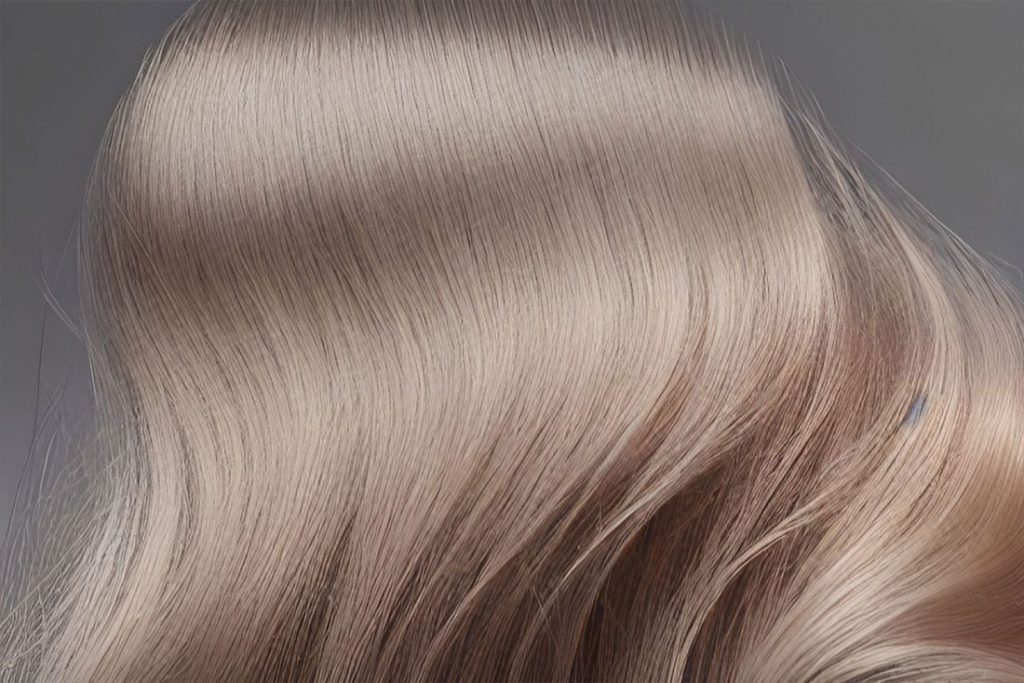Trichoptilosis: Understanding and Addressing Split Ends in Cosmetology
In the realm of hair care and cosmetology, trichoptilosis—commonly known as split ends—is a ubiquitous problem that nearly everyone faces at some point in their lives. While they might seem trivial, split ends can significantly affect the overall health and appearance of hair. This comprehensive guide aims to educate cosmetologists about trichoptilosis, providing the tools needed to effectively address the issue and advise clients.

What is Trichoptilosis?
Definition
Trichoptilosis refers to the splitting or fraying of the hair shaft, particularly at the tips. These split ends can be multi-pronged and have the potential to split further up the hair strand if not addressed.
Anatomy of a Split End
Hair is made up of a protein called keratin, and the outer layer of hair, known as the cuticle, protects the inner layers. When the cuticle wears away due to various factors, the hair splits, leading to trichoptilosis.

Causes of Trichoptilosis
Mechanical Damage
Frequent use of hair dryers, straighteners, or curling irons can weaken the hair shaft, contributing to split ends.
Environmental Factors
Exposure to sun, wind, and chlorine can erode the hair’s cuticle, making it susceptible to splitting.
Chemical Treatments
Hair coloring, perming, or relaxing treatments use harsh chemicals that can weaken hair, leading to trichoptilosis.
Poor Hair Care Regimen
Over-washing, inadequate conditioning, and rough towel drying can also contribute to split ends.
Addressing Trichoptilosis: The Cosmetologist’s Role
Client Consultation
The first step is to assess the extent of the problem. During this phase, you can also inquire about the client’s hair care routine to identify any practices contributing to split ends.
Treatment Options
Hair Cutting
The only definitive solution to eliminate split ends is to trim the hair. It’s crucial to use sharp, high-quality scissors to ensure a clean cut, reducing the risk of further splitting.
Conditioning Treatments
Though they can’t mend split ends, conditioning treatments can help soften dry ends and improve the overall texture of the hair.
Product Recommendations
Provide clients with product suggestions tailored to their hair type that can minimize damage and prevent future split ends.
Education
Inform clients about the causes of split ends and how lifestyle changes, like reducing heat styling and using UV protection for the hair, can prevent them.
Ethical and Professional Considerations
Realistic Expectations
Be upfront with your clients that while some treatments can temporarily “seal” split ends, the only way to fully remove them is by cutting.
Consultation Follow-up
Split ends will inevitably reoccur over time. Scheduled follow-up appointments can be beneficial for regular trims and reassessing the client’s hair health.
Conclusion
Trichoptilosis may be a common problem, but it’s one that many individuals find frustrating and challenging to manage. As a cosmetologist, you are in a unique position to offer not only treatment but also education about this prevalent issue. Your guidance can make a tangible difference in the hair health and self-esteem of your clients.






